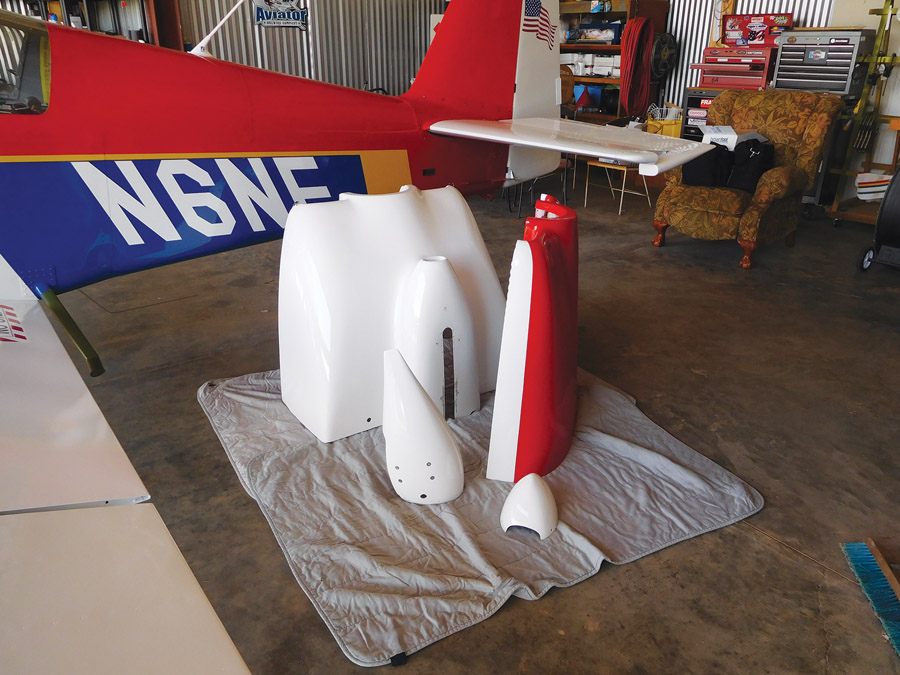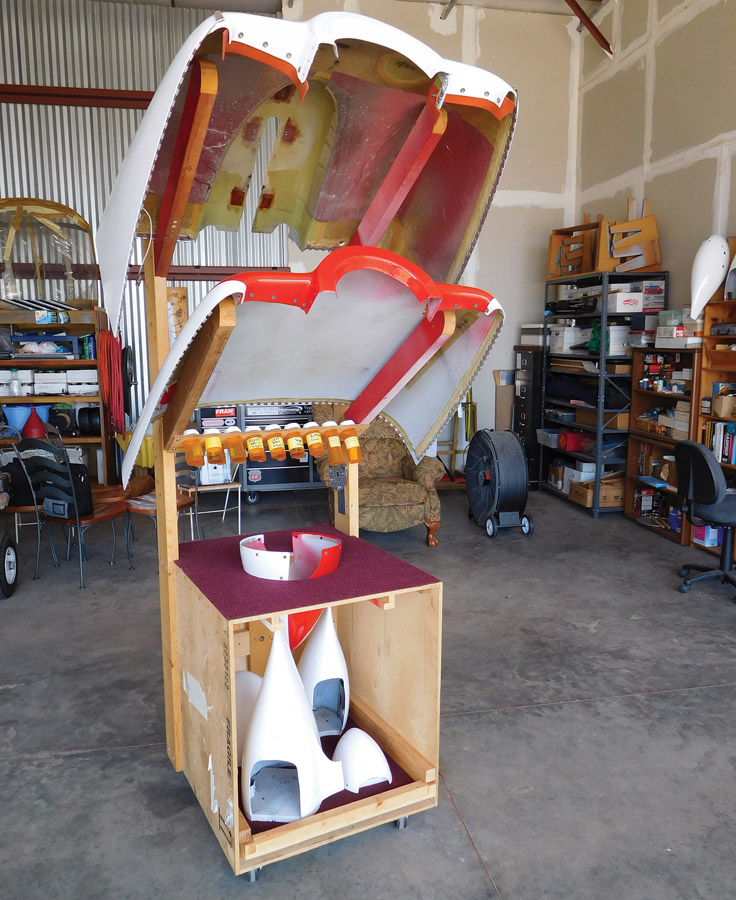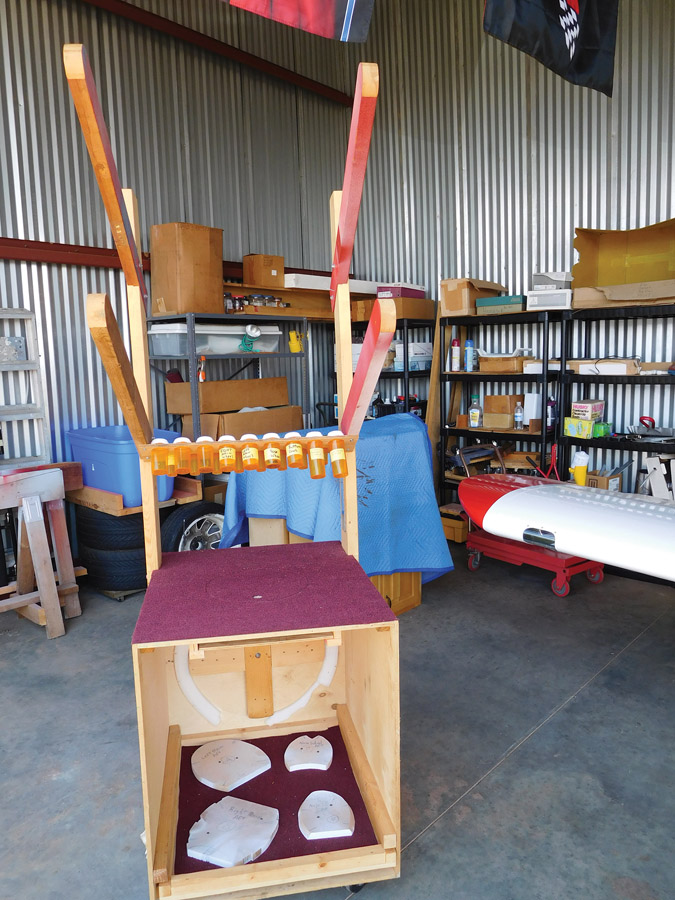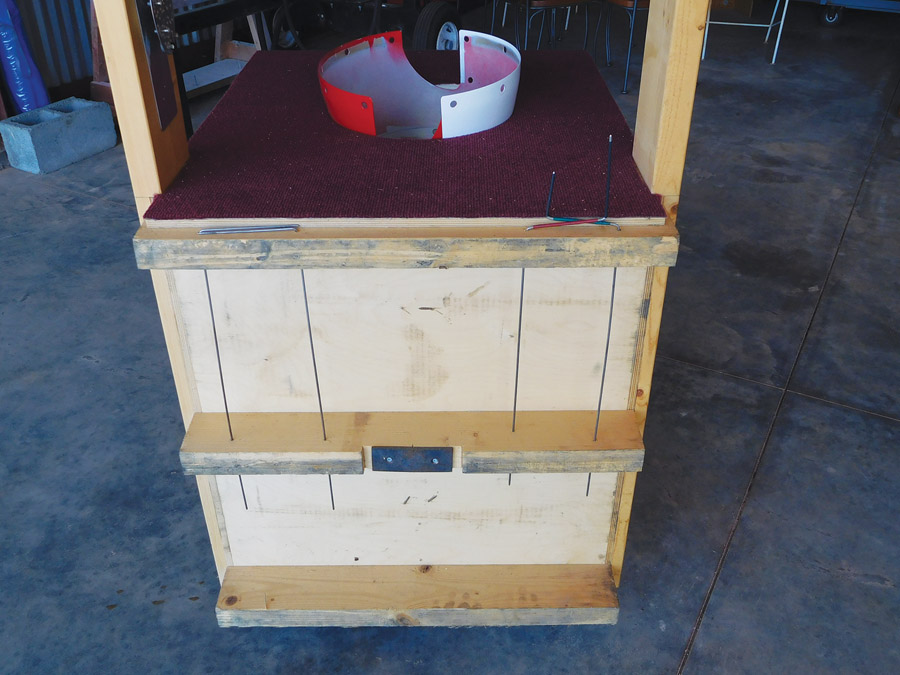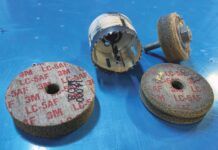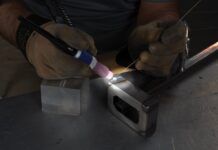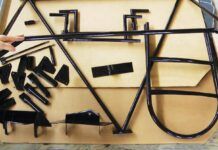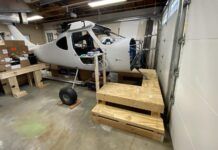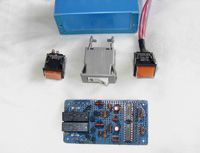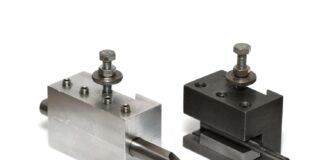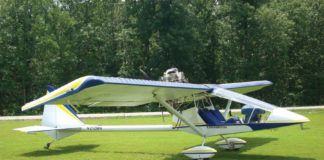Photo 1 shows how I used to deal with various fiberglass parts that I would remove from my Van’s Aircraft RV-6A for maintenance chores. I found this temporary storage inconvenient and somewhat tenuous in the event a wind gust would catch the parts, leading to some hangar rash.
Photo 2 shows my solution for storing and protecting those same parts. I had acquired a very nice wooden crate, (30 inches high x 27 inches wide x 31 inches deep), attached full-swivel casters, fashioned two uprights (78 inches high) out of 2×6 lumber, and four 2×4 arms (each 38 inches long). These arms hold and support the upper and lower cowling pieces.
Photo 3 is a side view of the fiberglass parts holder. Photo 4 is a front view. It also shows the solution for storing hardware (screws, washers, etc.) that gets removed from various airframe assemblies and keeps the parts separate. It also aids in inspecting the items to determine which need to be replaced and where they go. The bottom shelf holds the wheelpant halves and can slide out. (In retrospect, the sliding feature is not needed). The white plugs seen on this shelf are what I used to hold the wheelpant parts when I painted them. They are now screwed to the shelf to hold the wheelpants in an upright position and keep them from falling over.
Photo 5 shows additional details of the small storage cups and shows the cutout for storing the spinner. This cutout was cut with a bevel to keep the plug from falling through the top of the cabinet. The entire top was covered with some scraps of indoor-outdoor carpet I had left over from a home project.
Photo 6 shows the backside of the fiberglass parts holder. This is where I store the various piano-hinge wires from the aircraft. Not shown are several small nails on the two 2×6-inch uprights that hold the different inspection panels and covers found on the aircraft.


